
Write what you are looking for and press enter to begin your search!

Live News
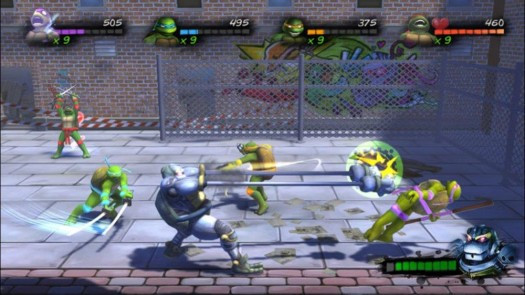

Remember When Ubisoft Singapore Remade Teenage Mutant Ninja Turtles: Turtles In Time?
With a new Teenage Mutant Ninja Turtles beat-em-up title coming from DotEmu and Tribute Games, as well as a collection featuring the best TMNT titles made by Konami back in the 90s, it seems like Turtle Power may be making a comeback of sorts in 2022. It makes most of us forget about some of the stumbles the franchise has taken in its multiple forms, be it the Nickelodeon reboot’s subpar action titles to the messes that are TMNT: Out Of The Shadows and that one TMNT brawler from PlatinumGames.
And then there’s the misguided remake of the second TMNT arcade game: Turtles In Time. It was far from the worst TMNT game out there in retrospect, but it wasn’t exactly lighting the world on fire especially among fans of the original titles. The visuals weren’t as colourful as the original arcade and SNES titles, the gameplay felt outdated even for beat-em-up standards, and the lack of jump-in play was pretty disappointing given the plethora of other couch co-op games available in that HD era of gaming.

So what went wrong? Did anything go right? Regardless, it was a historical stepping stone for one Ubisoft Singapore, one of the earlier offshoots of the famous French company that birthed Rayman and Ezio Auditore.
There were a number of people we approached regarding the TMNT remake, but so far only one person was available to talk about the experience and making of the title: ex-Ubisoft Singapore Lead Game Designer May Ling Tan. She said the project to remake the classic TMNT title started in late 2008 and eventually shipped in mid-2009.
“It was definitely less than a year’s worth of production. While I was in Singapore working on TMNT I was an intermediate game designer. It was my first job at pretty much a AAA company because before that I was making games in Malaysia for a bunch of different smaller size studios.”
The back-and-forth process between Ubisoft and Konami in terms of making the game was arduous, especially since May Ling only had a small team to get the game out. They had nine months to work on the game, in time for the 2008 and 2009’s Xbox Summer of Arcade game release fiesta which was the indie gaming rage back in the Xbox 360 heyday.
“So we formed the team then it was super small. I was employee number 39 and I think at its peak during production, we were a maximum of 50 people. Yeah 50 people, including QA and different support staff. Studios from around so we have people who are giving us editorial feedback as well. So they were based in Paris.
We had a few who were, I think they were helping us with a lot of the legality with Konami in terms of using a lot of the assets with the original game so you know 50 at it.
[TMNT Turtles In Time Reshelled] was to coincide with what Xbox had back then, which was the summer of arcade, which was their program to kind of highlight a bunch of different games for their summer release on the Xbox back in the days. So TMNT became one of the titles that were slated to be released as part of the summer of arcade slate of games.”
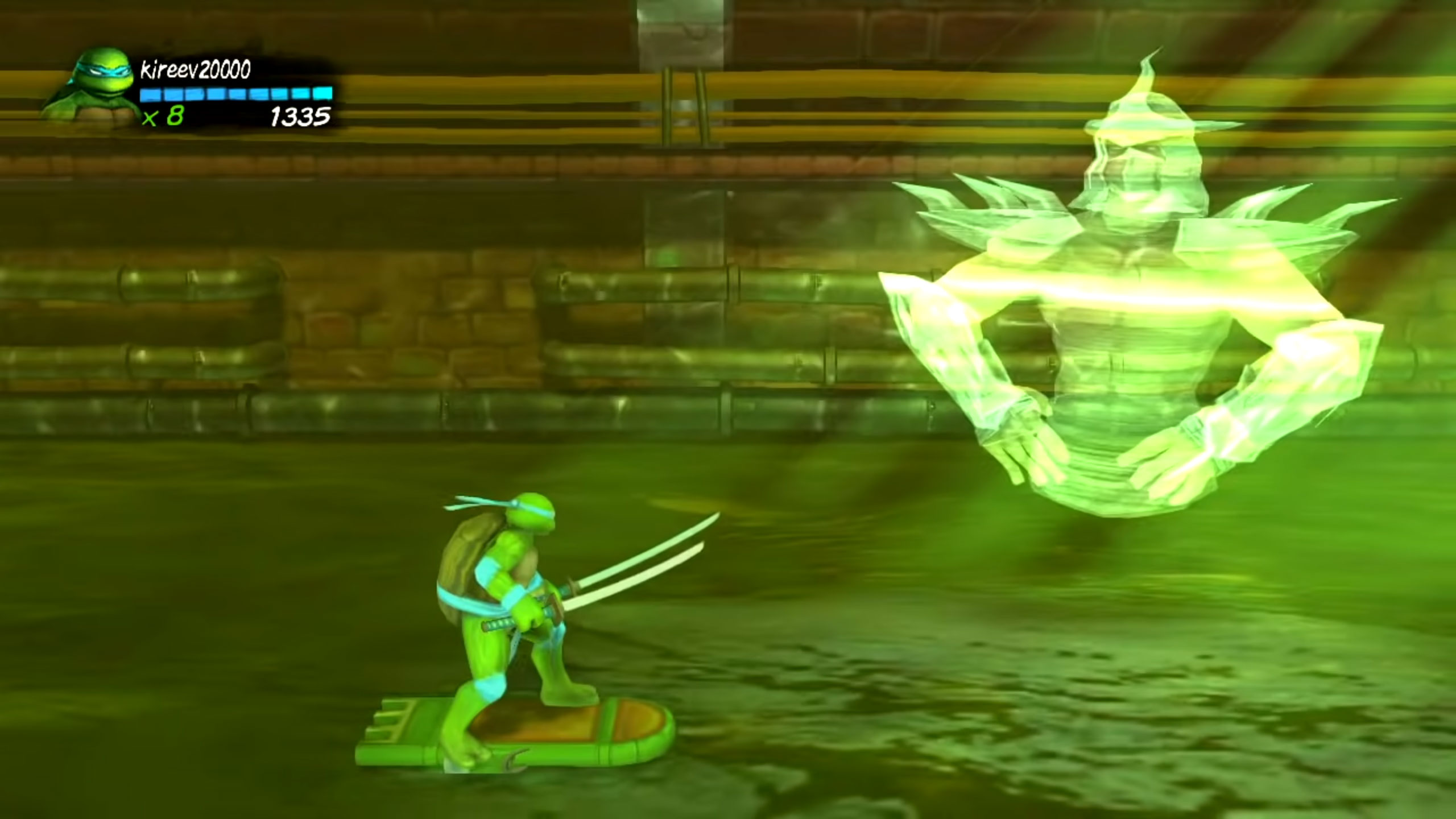
Was it really a remake through Ubisoft’s lens? According to May Ling, it was.
“There were things that we were trying to keep with the original, we tried to embody as much as possible the spirit of the game, but there were a lot of things that, you know, when, when we were working on the title, we took a bit of creative liberty with, we wanted to, you know, introduce a slightly different feel to the combat. The art direction was clearly the one that was you know, most different because we took a more 3d, highly kind of, reconceptualized idea of what the turtles would look like.
The original being, you know, almost fully 2d and a bit more flat and cartoony, which coincided with the look of its time, but you know, knowing that we wanted to take it to have a new take on the gameplay wanted to have a new take on the title again, for its release, we thought that this new updated look would be something that would be appealing for the fans.”
And then there was the game’s 3D art style, which wasn’t as colourful as the 90s arcade original, or even the SNES version. May Ling said that this was more of an artistic call than anything else.
“There was, you know, room for us that we wanted to creatively explore how this would look like with an updated 3D look. I think even with his 3D look right, like it was very stylized in a way it had a very almost painterly, like quality to the graphics, which you know, to give credit for the art direction that we took was something that feels very new at that point in time.
So yeah, I think it was a risk that the team kind of took going with the art direction but it opened up new areas for us to explore with gameplay as well so overall for a new team that was coming together working together for the very first time having this bit of leeway to kind of stretch our creativity and not just do a remaster gave us that kind of like opportunity I’d say to learn to work with each other to learn to push each other’s creative boundaries and come up with something hopefully still true to its core.”
The game’s graphics and gameplay were hand-to-hand with each other, as the 3D graphics of the remake meant the game had to be turned into an eight-directional beat-em-up title instead of the original 2D method. Hence: the remake. And many players and reviewers took issue with the mix of drab graphics and not-quite-deep gameplay that feels like an unnecessary change. It was definitely a lesson May Ling took to heart in the future of her career.
“It was definitely a risky call on our part. I know now, you know, many, many years later as a game designer that the few things that we should have worked on more were to focus a lot more on user testing, and do a lot more playthroughs of our games with people outside of the team. There was something that, you know, many of us were completely inexperienced that and, in hindsight, we could have really improved the combat for that game had we run more exhaustive play sessions, and not just played that the game a lot just within the team, right, because at the end of the day, we are not the best judge of our work.
We’re making games for a larger audience and that was something that, you know, if I could turn back time to do I would have been, I would have scrutinized the gameplay a lot more and run a lot more tests until we nail the combat to the quality that we wanted to ship with. Time has taught me that usability testing is a lot more efficient than relying on the teams to figure out problems themselves.”

There was the music for the remake, which was subpar. There was a good reason for that: Ubisoft couldn’t use the original Konami tracks due to the legality of the contract that the company owned.
“We found out that we had to rewrite a lot of the audio tracks for the game. We did not cover the ability to reuse the original tracks for the game. So we had to, under very short notice, rewrite a lot of the tracks ourselves. So that included, you know, hiring new composers to redo the tracks, ensuring that the new tracks were layered into each of the games and the levels and the combat in a very short amount of time. So that was like one of the big hiccups I remember running into the project.”
Apart from that, the game’s other hurdle was multiplayer. The Ubisoft SG team had to make it work in time for 2009’s launch.
“It was our first time working with Xbox and there were a lot of requirements that we had to comply with to ensure that multiplayer was working properly. And I think for a lot of teams that work with multiplayer projects, they can tell you that you know, things like basic replication is a huge challenge.
The ability to support plug and play with a controller so one of the few things that we wanted to do is allow anyone to you know, just plug in a controller and drop-in into the game and be able to join in in the game we ran into a lot of problems there largely in part due to our inexperience of never having done that before. That was quite a bit of a hold-up and I think that was probably the largest delay that we faced shipping the project I think we were supposed to ship in nine months.”
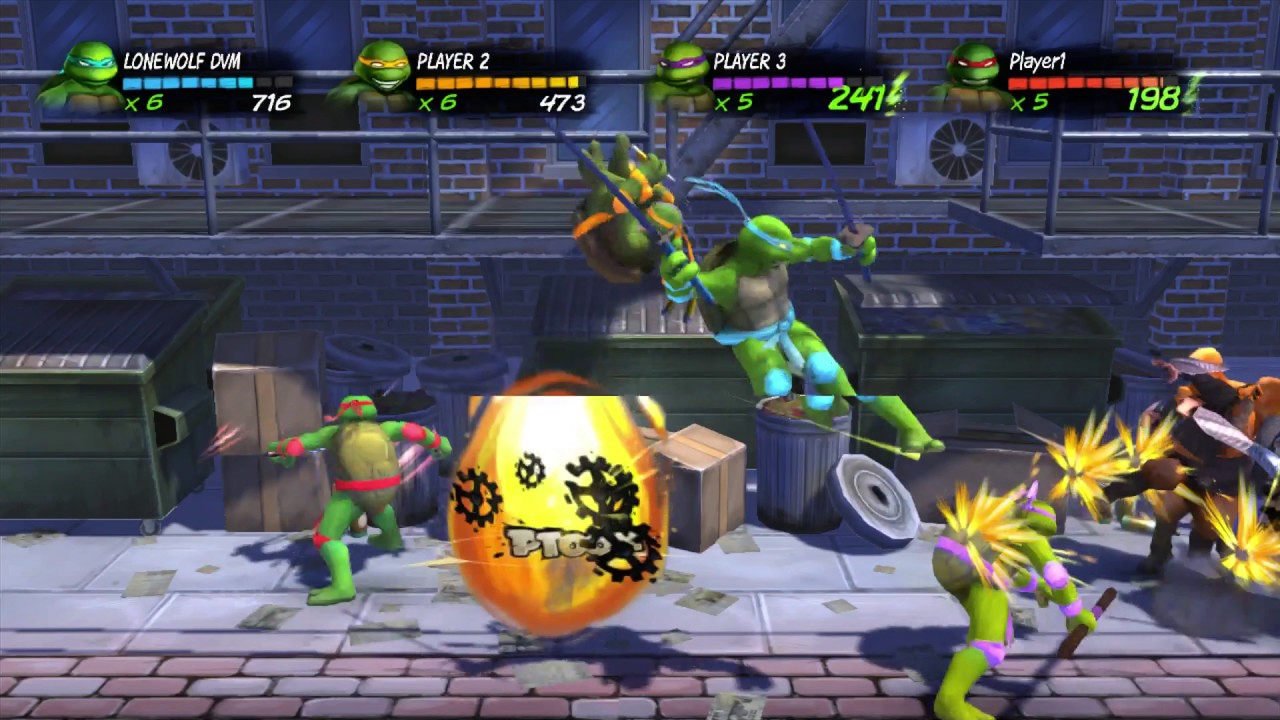
The question remains as to why Ubisoft didn’t get a senior team to work on the TMNT title. To be fair, Ubisoft had their hands full with the Assassin’s Creed, Prince of Persia, and Avatar(?) games they’re working on.
“I couldn’t tell you, to be honest,” said May Ling. “I wasn’t part of that decision-making process there will probably be at the studio level but I can see why that was given to the Ubisoft Singapore studio at that point in time. We had a brand new team that was being assembled who had never worked together, who came from different parts of the region in Southeast Asia and working on this project would have given us the perfect opportunity to really learn the processes, the workflow, the tools available in a brand new studio, that would, you know, both work as a learning ramp, but also a way to kind of set us up for success.”
Yes, the game was critically panned back in 2009, but it didn’t demoralize the devs involved. May Ling added that her team did all they could what with the limited time frame and legal issues. At the very least, Ubisoft SG management was understanding of the team’s challenges, which is a far cry from what the company stood for as of recent memory.
“There were bad reviews from people who were disappointed, for sure. Because, as with any game that, you know, has strong roots in nostalgia. It’s definitely challenging to try to live up to those strong emotions that people had with the original title. But I think, for what it was worth, I mean, it was a team that tried their best to their ability and I think I personally was happy with the outcome given that you know, we face what we face, right?”
Like, it was a young team. We’re trying to work together trying to put something kinda original out not just to re-skin.”
On the flip side, shipping TMNT: Turtles In Time Reshelled meant that May Ling and her Ubisoft Singapore team rose to prominence in their game design careers. After all, they completed the work handed to them, proved that they’re more than capable in delivering, and were given more Ubisoft projects from here on out.
“It’s infinitely more difficult to come up with something brand new to come up with a brand new IP with a team that had never worked with each other before, then to work with something that feels a bit more familiar had, you know, a lot of guardrails to ensure that everyone was focused and pushed in the right direction.
So in terms of ensuring that we were set up for success, this was definitely the project that really helped bring us all together, because the goal with the studio wasn’t just to, you know, remake a bunch of existing games, but to really be a strong presence in the region, and to be able to be strong partners to some of the larger scale, triple-A projects that we’re going to be coming down the road.”
May Ling and her team’s experience finishing the game was a great stepping stone experience-wise, and she stayed on with Ubisoft for 10 years before moving on with Warner Bros Games, EA, Google Stadia, and finally Bungie in April 2021. If there’s anything we learn in video game development, is that one “failure” does not mean the end of one’s career or progress in the game-making industry ladder.
“I believe that the success of [shipping and completing] TMNT: Turtles in Time Reshelled and the ability of the team to ship something together, kind of put us and them in a better position to be able to be, for example, a supporting studio for the many, many Assassin’s Creed that would come after and the studio also went on to release you know, Ghost Recon Phantoms few years later, all of this was built on the backs and on the success of assembling a curve like a well-oiled team through TMNT.”
“TMNT became our training wheels to set up the studio and to work together. We had a lot of great memories of working on this project together, given the fact that we were brought together from different parts of Southeast Asia. We also had people coming in from France, we had people coming in from Montreal, so there were just a lot of you know, new things that we had to learn about each other about each other’s culture and work styles.
That this project kind of like forged the relationship between all of us and helped us build that that much-needed trust with each other that you know, it’s something that I still remember and I carry with me for even until now it was a very exciting time in the studio and in the region for sure.”
Image credit: World of Longplays
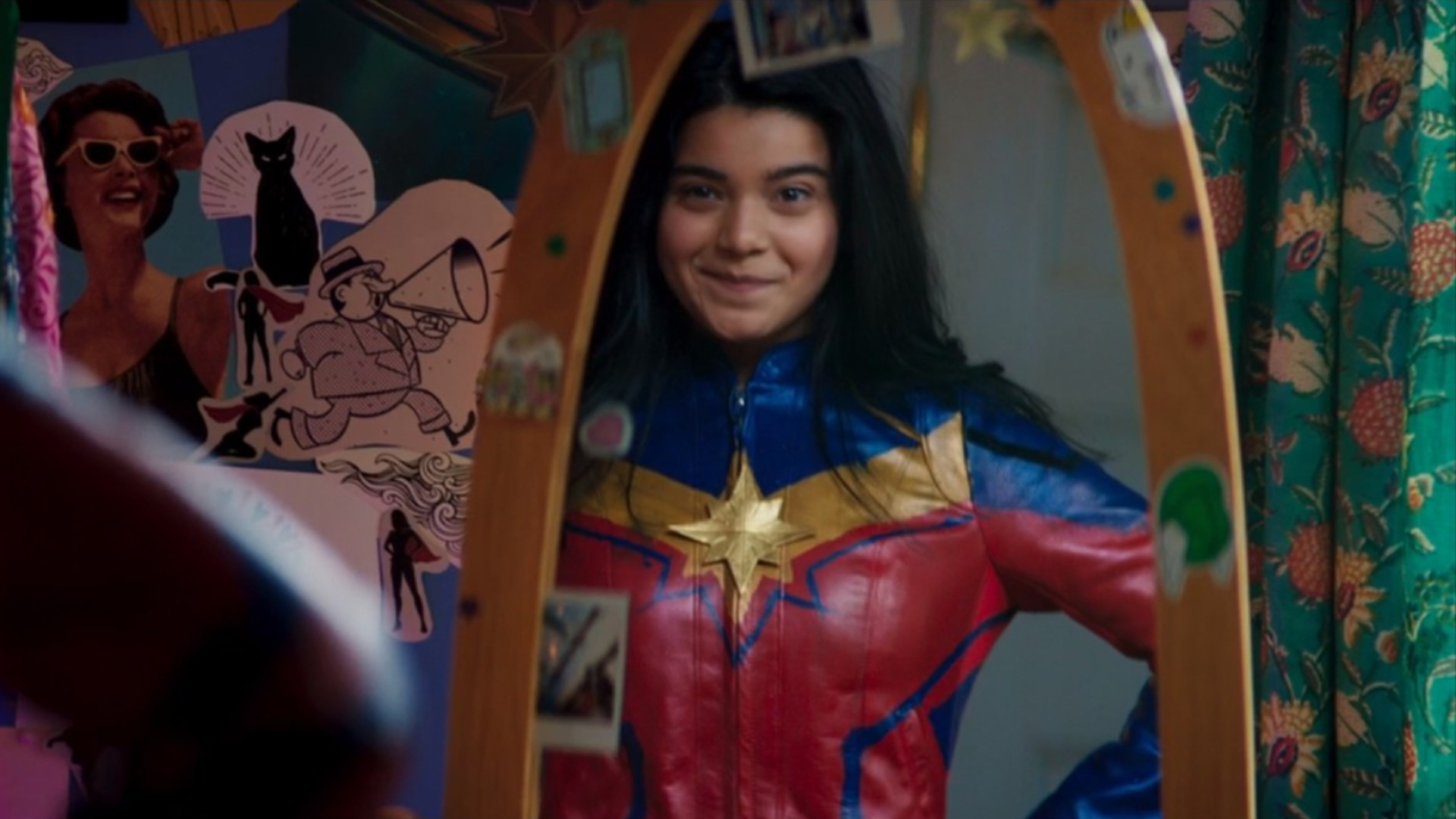
By Alleef Ashaari|June 8, 2022
The first episode of Ms. Marvel is now streaming on Disney+ Hotstar Malaysia. l’ll be discussing heavy spoilers so if you haven’t seen it or want ...
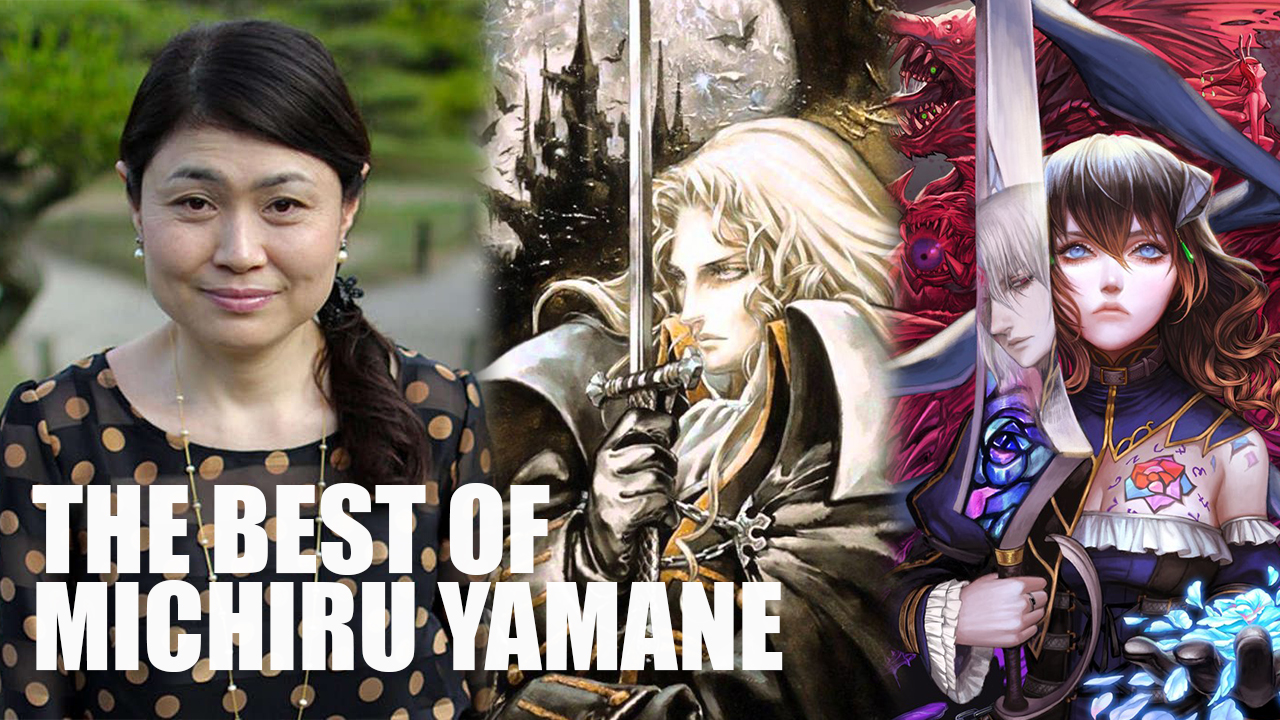
By Mr Toffee|July 1, 2019
As fun as it is to listen to Bloodstained: Ritual of the Night's music, I've heard better. Why? Because Michiru Yamane has been in this business since...
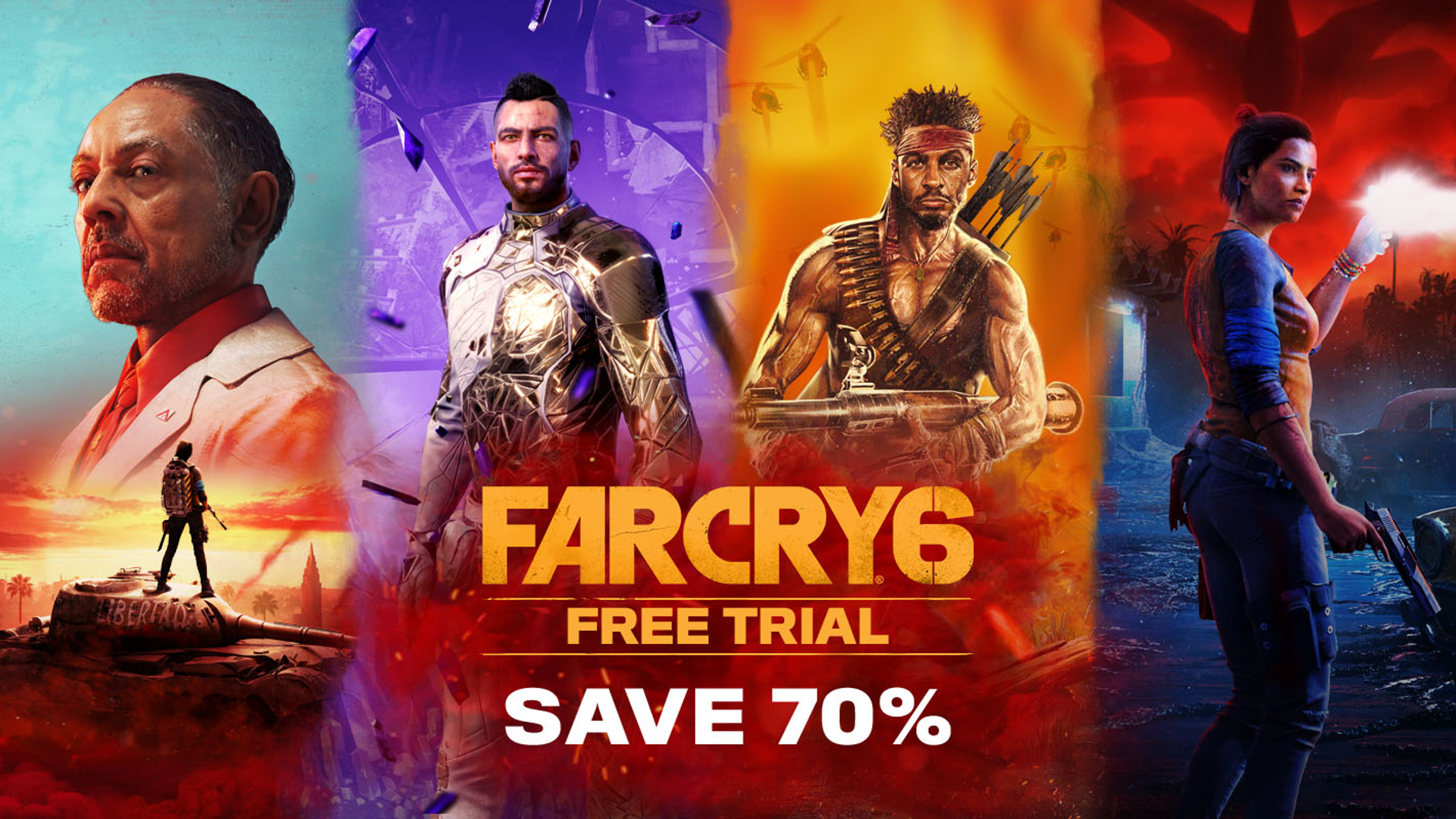
By Alleef Ashaari|February 17, 2023
Far Cry 6 is available to play for free until 20 February 2023 on Xbox Series X/S, Xbox One, PS5, PS4, as well as PC through the Ubisoft Store and the...

By Mr Toffee|February 2, 2024

By Team KKP|July 1, 2023
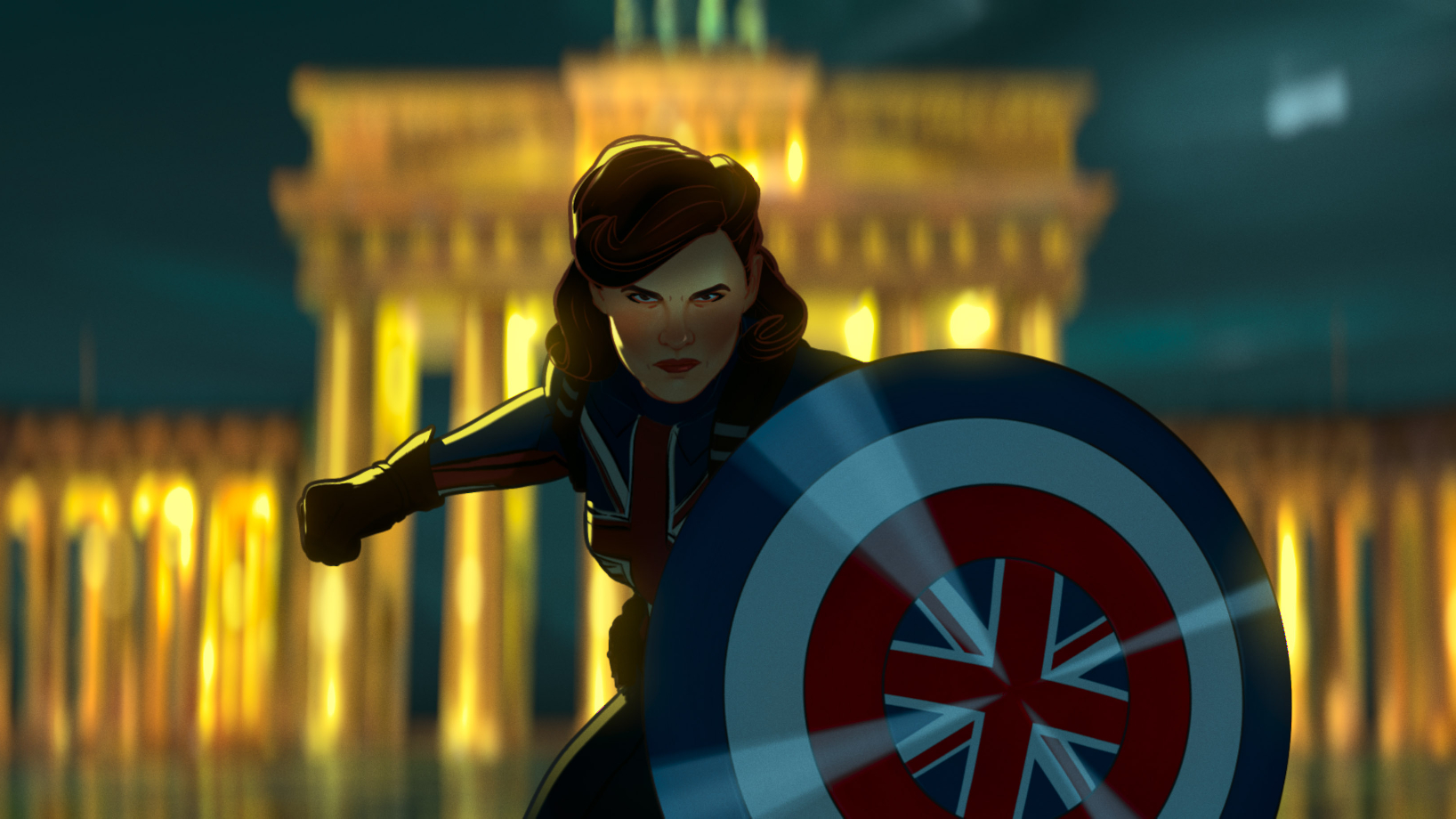
By Alleef Ashaari|August 2, 2021
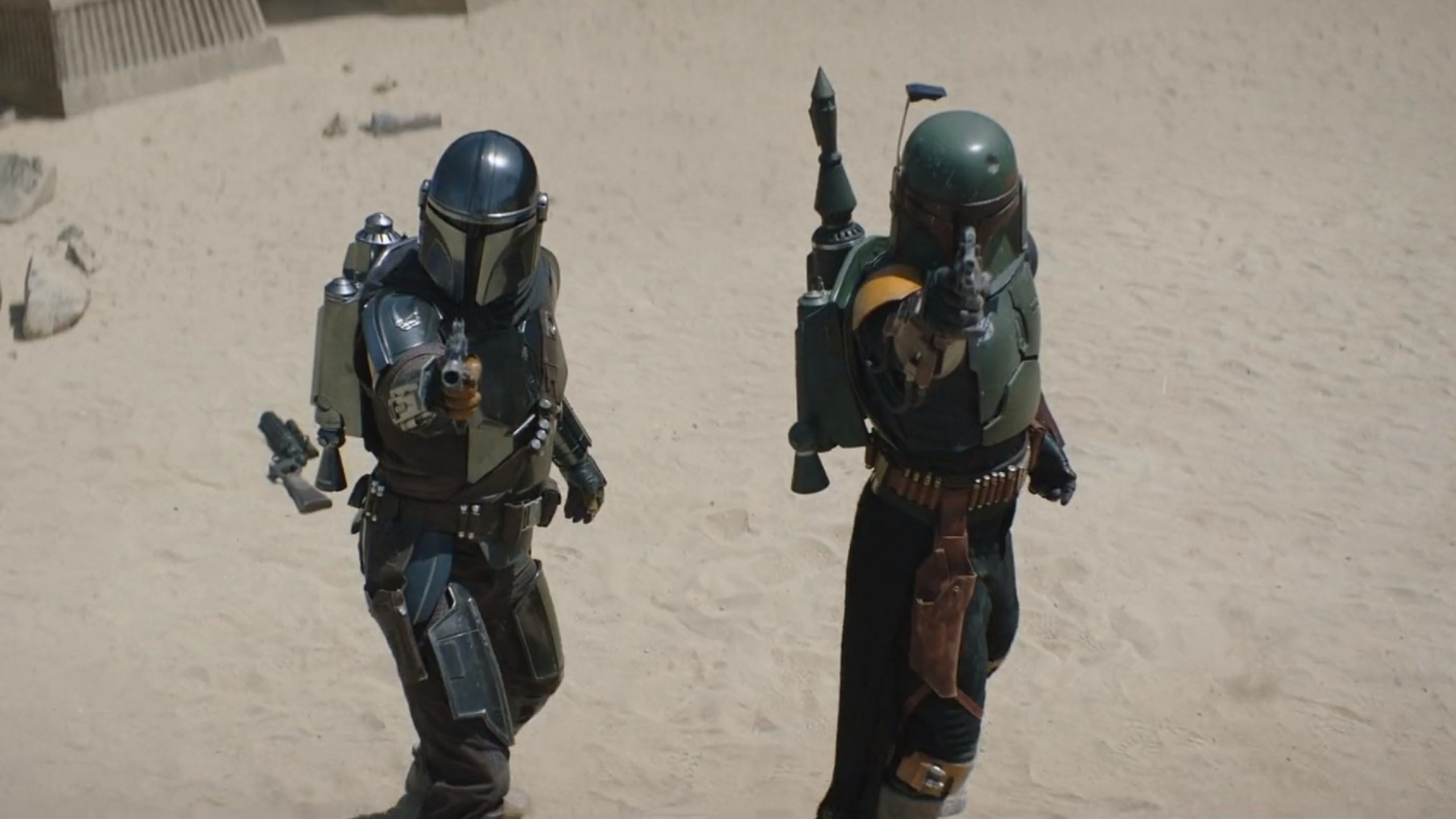
By Alleef Ashaari|February 9, 2022

By Mr Toffee|February 2, 2024

By Team KKP|July 1, 2023

By Mr Toffee|February 2, 2024

By Team KKP|July 1, 2023
Copyright @ Kakuchopurei 2024